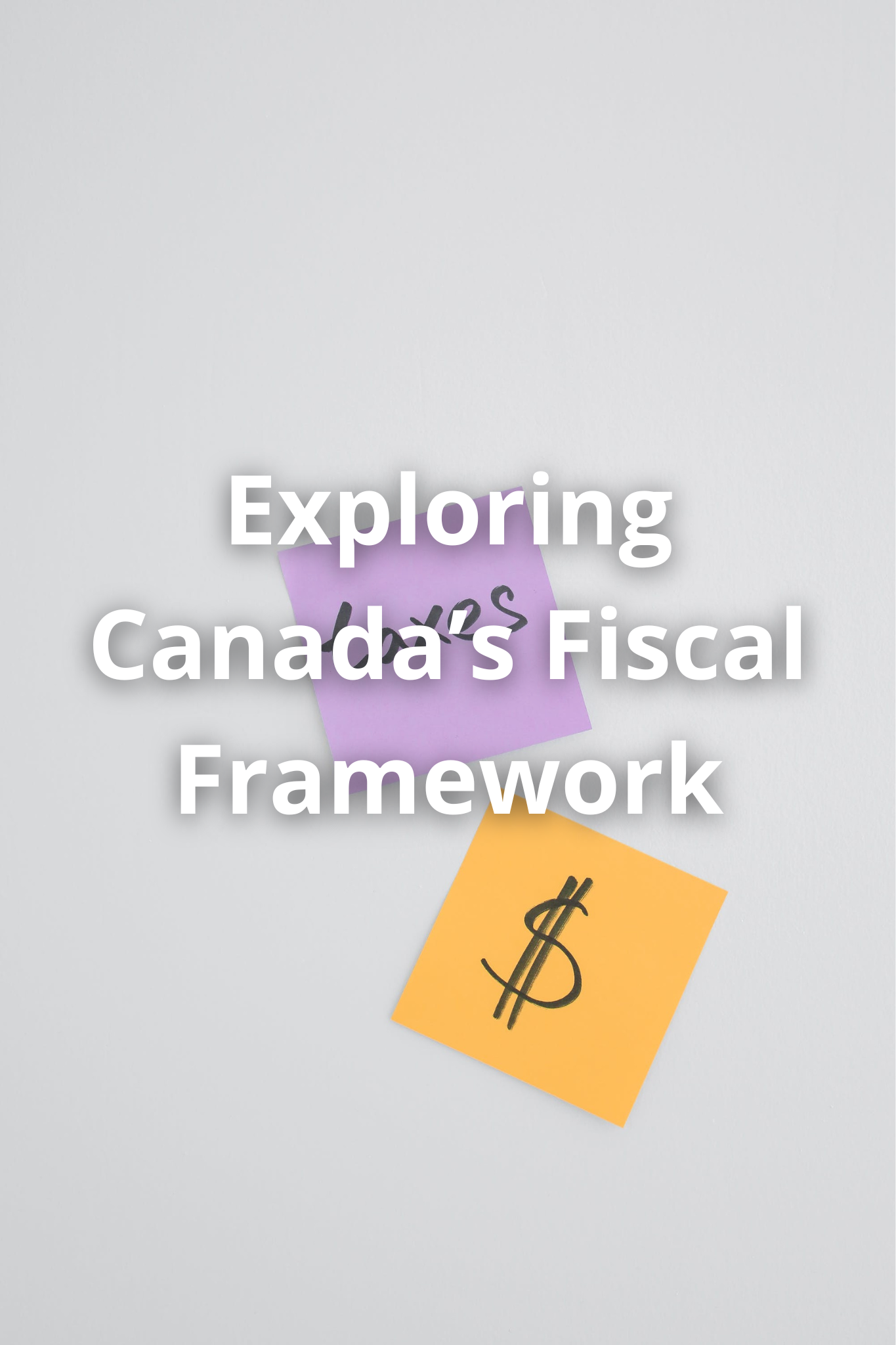
Canada’s fiscal system is a cornerstone of its economic structure, playing a critical role in funding public services, fostering economic growth, and promoting social equity. As one of the world’s developed economies, Canada has implemented a comprehensive tax system that balances the needs of its citizens with the demands of a global economy. This essay explores the various aspects of Canadian taxes, their implications for individuals and businesses, and ongoing debates about tax policy reforms.
Read also: Understanding Dubai’s Unique Fiscal Landscape
Historical Context and Evolution
Canada’s tax system has evolved significantly since its inception. Initially, the federal government relied primarily on customs duties and excise taxes for revenue. The introduction of the federal income tax in 1917, during World War I, marked a pivotal shift, providing a more stable and substantial revenue stream. Over the years, the tax system has been refined to address changing economic conditions and societal needs.
Federal and Provincial Tax Structure
Canada’s tax system is structured at both federal and provincial levels, creating a layered approach to taxation. This dual system allows for regional variations while maintaining a unified national framework.
Federal Income Tax: The federal income tax is progressive, meaning that tax rates increase with higher income levels. This structure aims to ensure that wealthier individuals contribute a fairer share of their income, promoting social equity. The federal tax brackets and rates are periodically adjusted to reflect inflation and economic conditions.
Provincial and Territorial Taxes: Each of Canada’s provinces and territories levies its own income taxes, which vary in rates and brackets. Some provinces, like Quebec and Alberta, have significantly different tax structures, reflecting their unique economic conditions and policy priorities. This provincial autonomy allows for tailored fiscal policies that address local needs.
Goods and Services Tax (GST) and Harmonized Sales Tax (HST): The federal government imposes a Goods and Services Tax (GST) of 5% on most goods and services. Some provinces have combined the GST with their provincial sales tax to create a Harmonized Sales Tax (HST), which simplifies the tax system and provides a more consistent revenue stream.
Personal Income Tax
Personal income tax is a major component of Canada’s tax system, affecting individuals across all income levels. The progressive nature of the tax ensures that those with higher incomes pay a larger percentage, contributing to social programs and public services that benefit all Canadians.
Tax Credits and Deductions: To alleviate the tax burden and incentivize certain behaviors, the Canadian tax system includes various credits and deductions. The Basic Personal Amount, for instance, provides a non-taxable threshold that reduces the overall tax liability for individuals. Other credits include the Canada Employment Amount, the Disability Tax Credit, and the Child Care Expense Deduction, each designed to support specific needs and circumstances.
Tax-Free Savings Account (TFSA) and Registered Retirement Savings Plan (RRSP): These savings vehicles offer significant tax advantages. Contributions to an RRSP are tax-deductible, reducing taxable income, while investment earnings in a TFSA grow tax-free. These accounts encourage long-term savings and financial security.
![]()
Corporate Taxation
Corporate taxes in Canada are levied at both federal and provincial levels, impacting businesses of all sizes. The federal corporate tax rate is competitive by global standards, and provinces add their own rates, leading to variations across the country.
Small Business Deduction: To support small businesses, Canada offers a lower tax rate on the first $500,000 of active business income. This deduction helps small businesses reinvest in growth and innovation, driving economic development and job creation.
Research and Development (R&D) Incentives: The federal government provides tax credits for businesses engaged in R&D activities. These incentives are designed to encourage innovation, enhance competitiveness, and support technological advancements. The Scientific Research and Experimental Development (SR&ED) program is a key component of this strategy.
Goods and Services Tax (GST) and Harmonized Sales Tax (HST)
The GST is a value-added tax applied to most goods and services sold in Canada. Some provinces have opted to harmonize their sales tax with the GST, creating the HST. This tax is collected by businesses at the point of sale and remitted to the government, providing a steady stream of revenue.
Rebate Programs: To mitigate the impact of the GST/HST on low-income households, the federal government offers rebate programs. The GST/HST Credit provides quarterly payments to eligible individuals and families, offsetting some of the tax burdens and supporting economic equity.
Property and Wealth Taxes
Property taxes are a significant source of revenue for municipal governments, funding local services such as schools, roads, and emergency services. These taxes are based on the assessed value of residential and commercial properties and vary widely across the country.
Capital Gains Tax: While Canada does not have an explicit wealth tax, capital gains are taxed when assets are sold at a profit. Fifty percent of the capital gain is included in taxable income, subject to regular tax rates. This system encourages investment while ensuring that a portion of the profits contributes to public revenue.
Social Equity and Redistribution
The progressive nature of Canada’s tax system is designed to promote social equity and reduce income inequality. Tax revenues fund essential social programs, such as universal healthcare, public education, and social assistance, ensuring that all Canadians have access to basic needs and opportunities.
Universal Healthcare: Funded by taxes, Canada’s healthcare system provides access to medical services for all residents, regardless of income. This system ensures that financial barriers do not prevent individuals from receiving necessary care, promoting overall public health and well-being.
Education Funding: Public education is primarily funded through provincial and municipal taxes. This funding model ensures that all children have access to quality education, preparing them for future opportunities and contributing to social mobility.
Social Assistance Programs: Tax revenues support a range of social assistance programs, including Employment Insurance (EI), the Canada Child Benefit (CCB), and Old Age Security (OAS). These programs provide financial support to individuals and families during times of need, promoting economic stability and social cohesion.
![]()
Current Debates and Future Directions
Despite its strengths, Canada’s tax system faces ongoing debates and challenges. Policymakers and citizens alike continue to discuss potential reforms to address economic disparities, enhance efficiency, and ensure sustainability.
Wealth Inequality: There are calls for implementing wealth taxes or increasing capital gains taxes to address growing wealth inequality. Proponents argue that wealthier individuals should contribute more to public revenue, while opponents caution that such measures could deter investment and economic growth.
Tax Evasion and Avoidance: Ensuring compliance and combating tax evasion and avoidance are critical issues. Strengthening enforcement mechanisms and closing loopholes are necessary to maintain the integrity of the tax system and ensure that all entities pay their fair share.
Environmental Taxes: As part of efforts to combat climate change, there is increasing support for environmental taxes, such as carbon pricing. These taxes incentivize environmentally friendly practices and generate revenue for green initiatives, contributing to sustainable development.
Conclusion
Canada’s tax system is a fundamental aspect of its fiscal framework, supporting public services, promoting social equity, and fostering economic growth. Understanding the various components and their implications for individuals and businesses is crucial for informed discussions about tax policy and its future direction.
As Canada navigates the challenges of a changing global economy, ongoing reforms and adaptations will be necessary to ensure that the tax system remains fair, efficient, and sustainable. By balancing the needs of revenue generation with the goals of social equity and economic development, Canada can continue to build a prosperous and inclusive society for all its citizens. Through thoughtful policy-making and public engagement, Canada’s tax system can evolve to meet the demands of the future while maintaining its foundational principles.
4o






